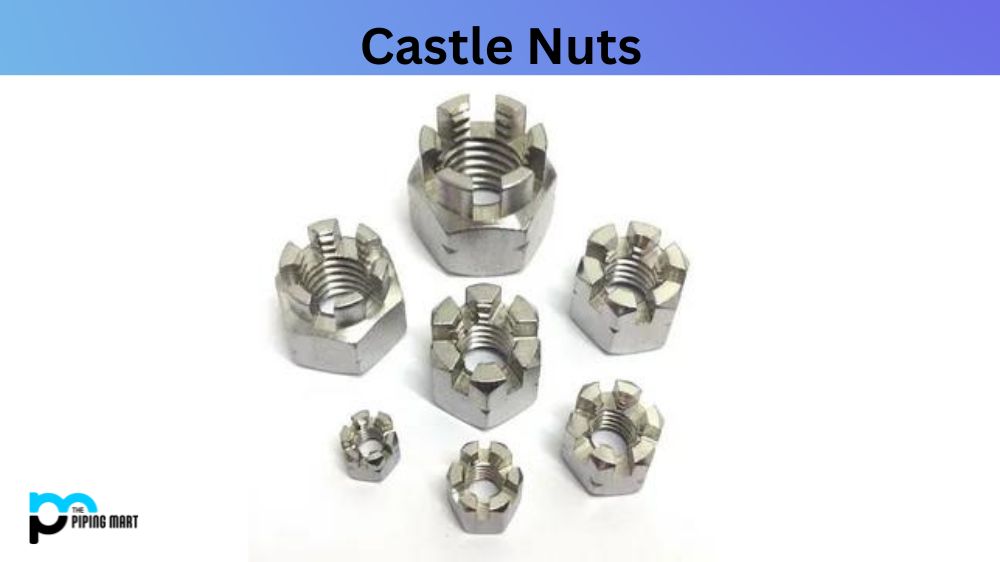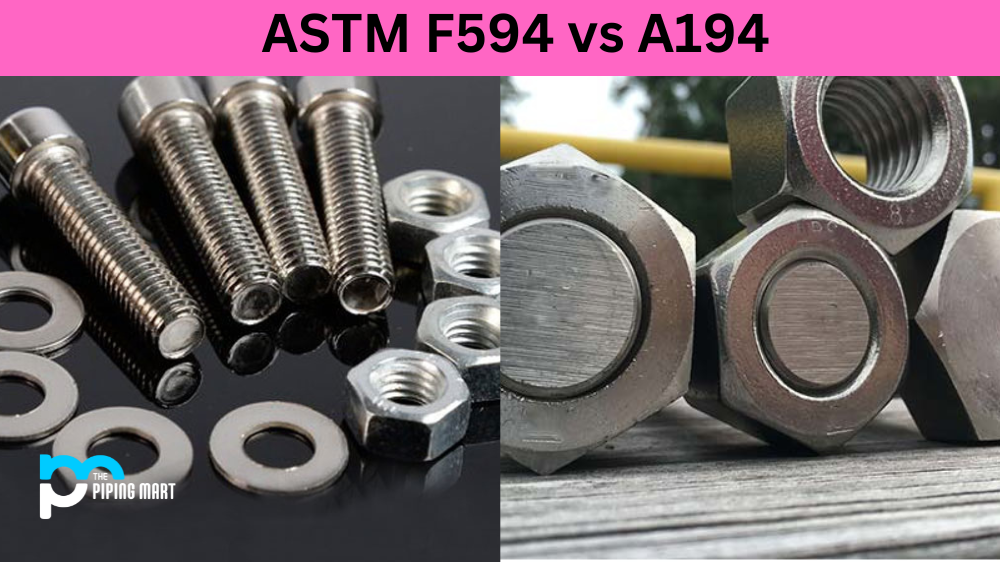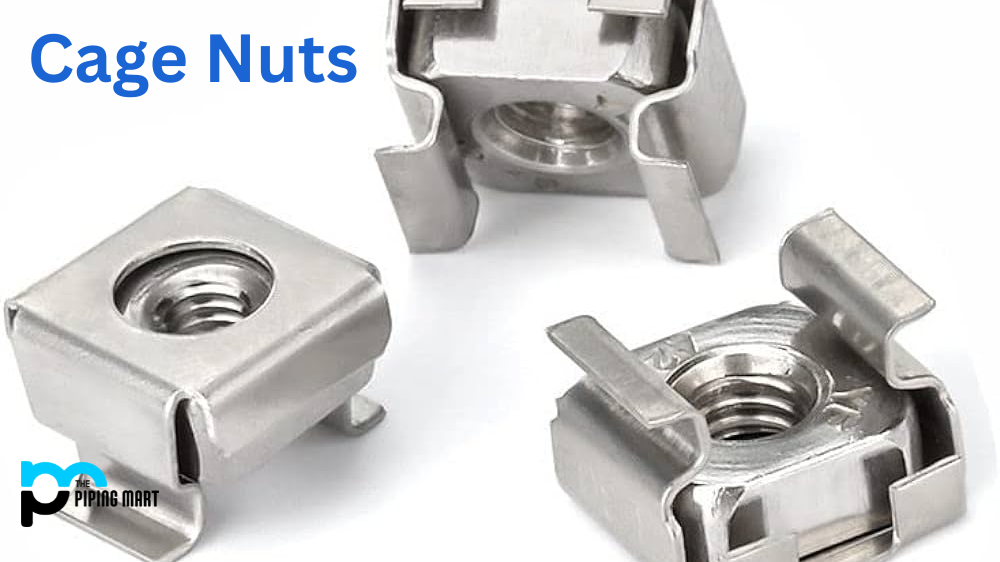Castle nuts are a common mechanical component used to secure bolts and screws in various applications. You’ll find them in everything from automobiles to machinery and even construction. They derive their name from their castle-like appearance, sporting small turrets around their circumference. These turrets make them easy to install and remove with the help of a cotter pin or locking clip. This blog post will discuss the different types of castle nuts and their uses.
Types of Castle Nut
Standard Castle Nuts –
This is the most common type of castle nut and is used in most applications. It has turrets at its top that are perpendicular to the bolt axis, which provides excellent resistance to movement. It is easily removed with the help of a cotter pin or a locking clip. This nut is used in the automotive industry, machinery, and construction sites.
Slotted Castle Nuts –
This type of castle nut has a slot cut through one end, providing a flexible surface area. You can install this kind of nut on uneven surfaces, and it is used in applications where you require easy tightening and loosening with the help of a cap screw or a bolt.
Elliptical Castle Nuts –
This type of castle nut is used in applications requiring a low profile. They have an elliptical shape and adjust better to the contours on the surface. You can easily install them when you need to tighten the nut.
Tee Castle Nut –
This type of castle nut has a T-shaped design but a shorter height. You’ll require a cotter pin to secure the nut in place, and it’s mostly used for low-torque applications.
Flanged Castle Nuts –
This castle nut has an integral flange on one end and is used to affix or secure castellated nuts to machinery, vehicles and structures. One of the most significant benefits of flanged castle nuts is their ability to provide stable positioning in cars, planes, and machinery.
Conclusion:
Castle nuts come in various configurations and materials, including stainless steel, carbon steel, and brass. In many applications, castle nuts replace locking nuts, jam nuts, and other fasteners in different industries. As discussed, the types of castle nuts you choose will depend on your specific application, bolt size and torque requirements. Therefore, it’s essential to understand the different types of castle nuts and their uses to ensure that the correct type is always used. Remember, when you need to secure bolts and screws and you want the utmost protection and convenience, then the castle nut is the perfect tool for the job.

A passionate metal industry expert and blogger. With over 5 years of experience in the field, Palak brings a wealth of knowledge and insight to her writing. Whether discussing the latest trends in the metal industry or sharing tips, she is dedicated to helping others succeed in the metal industry.




